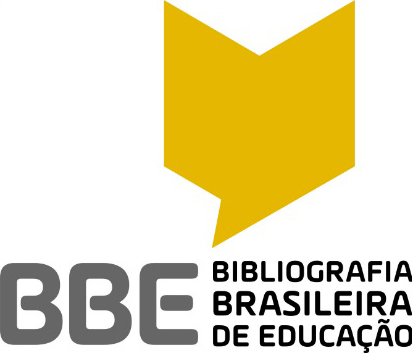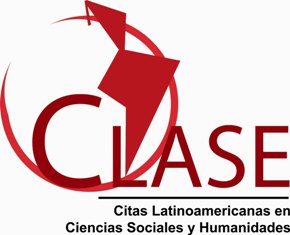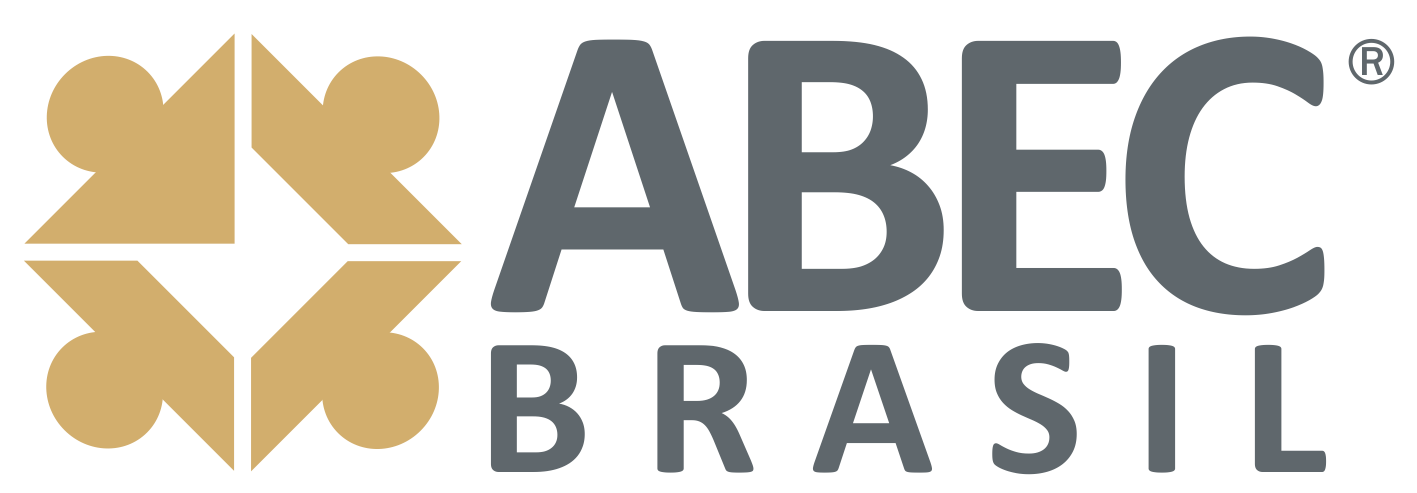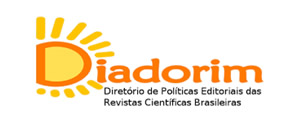Tecnología de información y comunicación: nuevas tendencias de enseñanza en educación física
DOI:
https://doi.org/10.22169/revint.v16i37.1969Resumen
Resumen
En este estudio, se exponen informaciones de alcance internacional con respecto a las adaptaciones que se han estado produciendo en el área de Educación Física (EF) y el vínculo inexorable con las Tecnologías de la Información y la Comunicación (TIC) en lo que se refiere a la investigación científica de los últimos 14 años. El propósito de este artículo fue indagar sobre las oportunidades de investigación y tendencias en el campo de la educación física. Para este propósito, se utilizó una investigación bibliométrica en las plataformas Web of Science y Scopus, así como la lectura cuidadosa e investigativa de los artículos más citados de acuerdo con estas bases de datos. Las tres tendencias principales para futuras investigaciones relacionadas con las TIC y la EF se identificaron en el análisis de las lagunas de los artículos más citados, destacando tres grupos principales: la creación y estandarización de los materiales y métodos. "CEMM"; investigación centrada en el / los estudiante (s) "ICE"; e investigación con un mayor enfoque en el maestro (s) "ICM". Por lo tanto, se sugiere que las nuevas investigaciones sigan tales líneas de estudio, exaltando con éxito el área científica en las múltiples relaciones posibles entre las TICs y EF.
Palabras-clave: Tecnología de la información y la comunicación. Enseñanza. Educación física.
Descargas
Citas
ANDERSON, M.; MIKAT, R.; MARINEZ, R. Digital video production in physical education and athletics. Journal of Physical Education, Recreation, and Dance, 72(6), 19–21, 2001.
ANTONIOU, et al. Applying multimedia computer-assisted instruction to enhance physical education students’ knowledge of basketball rules. Physical Education & Sport Pedagogy, 8(1), 78–90, 2003.
AUSUBEL, D. P. et al. Educational psychology: A cognitive view. 1968.
BASADRE, R.F; NUNEZ, J. I.H.V.; PATON, R.N. ICT in Physical Education from the perspective of students in Elementary School. Sportis-Scientific Technical Journal Of School Sport Physical Education And Psychomotricity, v. 1, n. 2, p. 141–155, 2015.
BRASIL. Ministério da Educação (MEC). Decreto nº 6.300, de 12 de dezembro de 2007. Dispõe sobre o Programa Nacional de Tecnologia Educacional - Proinfo. Diário Oficial da União, Brasília, DF, 2007.
DAVIS, N.; KEMIS, M.; JOHNSON, N. Path to the future: Generative evaluation for simultaneous renewal of ICT in teacher education and K-12 schools. IFIP Advances in Information and Communication Technology, v. 132, p. 53–64, 2003.
EL TANTAWI, M. Evaluation of a blog used in a dental terminology course for first-year dental students. Journal of Dental Education, 72(6), 725–735. Farmer,2008.
FERREIRA E.R.G; BENDRATH, E.A; BASEI, A,P. Conceptions of the Physical Education Teachers of Public Schools in a small municipality in the state of Parana, Brasil, About the Use of Information and Communication Technologies REVISTA EDUCAONLINE, v. 10, ed. 1, p. 75-79, apr. 2016
FERREIRA, M. P. et al. Mergers & acquisitions research: A bibliometric study of top strategy and international business journals, 1980-2010. Journal of Business Research, v. 67, n. 12, p. 2550–2558, 2014.
GARCÍA, N.; SÁNCHEZ, S. Incorporación de dispositivos móviles a la educación física escolar. Revista Española de educación física y deportes, 5 pp. 79-86, 2014.
GOMEZ-JAUREGUI, V. et al. Information management and improvement of citation indices. International Journal of Information Management, v. 34, n. 2, p. 257–271, 2014.
GUARDIA, F. J. Las Nuevas Tecnologías, la Educación Física y su integración en el tercer y cuarto nivel de concreción curricular. En actas del XX Congreso Nacional de Educación Física. (CD-ROM ed.). Universidad de Alcalá de Henares, Guadalajara, España, 2002.
HARTVELD, A.; HEGARTY, J. R.; BLURTON, A. Tools to give computer feedback to movement. Physiotherapy 82, 509–513, 1996.
HIGGINS, S.; MOSELEY, D. Teachers’ thinking about Information and Communications Technology and Learning: beliefs and outcomes. Teacher Development, 5(2), 191–210, 2001.
HUANG, Y. et al. Rehabilitation using virtual reality technology: a bibliometric analysis, 1996–2015. Scientometrics, v. 109, n. 3, p. 1547–1559, 2016.
INFORMATION AND COMMUNICATION TECHNOLOGY. In: Oxford Reference. Retrieved. Date of access 17 May. 2019, from http://www.oxfordreference.com/view/10.1093/oi/authority.20110803100002983
JONASSEN, D. H. (1999). Computers as mindtools for schools: Engaging critical thinking (second ed.). Englewood Cliffs, NJ: Prentice Hall.
KIRKWOOD, M. et al. Assessment of aerobic endurance: a comparison between CD-ROM and laboratory-based instruction. British Journal of Educational Technology, 33(2), 159–172, 2002.
MEDEIROS, I. L. DE et al. Revisão Sistemática e Bibliometria facilitadas por um Canvas para visualização de informação. Revista Brasileira de Design da Informação, v. 12, n. 1, p. 93–110, 2015.
MOHNSEN, B. Using technology in physical education (6th ed.). Cerritos, CA: Bonnie’s Fitware, 2008.
NIEDERHAUSER, D. S.; STODDART, T. Teachers’ instructional perspectives and use of educational software. Teaching and Teacher Education, 17(1), 15–31, 2001.
OLIVEIRA, A. C. A utilização da mídia televisiva no planejamento das aulas de educação física. 2010. 66 p. (Monografia de Graduação) Universidade Federal de Minas Gerais. Belo Horizonte – MG. 2010.
PAPASTERGIOU, M. Enhancing Physical Education and Sport Science students’ self-efficacy and attitudes regarding Information and Communication Technologies through a computer literacy course. Computers and Education, v. 54, n. 1, p. 298–308, 2010.
PAPASTERGIOU, M.; GERODIMOS, V.; ANTONIOU, P. Multimedia blogging in physical education: Effects on student knowledge and ICT self-efficacy. Computers & Education, v. 57, n. 3, p. 1998–2010, nov. 2011.
PERRENOUD, P. Dez novas competências para ensinar. Porto Alegre: Artmed, 2000.
POLATO, A. Atividades em vídeo nas aulas de Educação Física. Revista Nova Escola, junho, ed. 223, 2009.
SEMIDÃO R. A. M. Dados, informação e conhecimento enquanto elementos de compreensão do universo conceitual da ciência da informação: contribuições teóricas. – Marília, 2014. 198 f.; 30 cm. Dissertação (Mestrado em Ciência da Informação) - Universidade Estadual Paulista, Faculdade de Filosofia e Ciências, 2014. Bibliografia: f. 191-198.
SMEETS, E. Does ICT contribute to powerful learning environments in primary education? Computers & Education, v. 44, n. 3, p. 343–355, 1 abr. 2005.
SUSMAN, E. B. Co-operative learning: a review of factors that increase the effectiveness of computer-based instruction. Journal of Educational Computing Research, 18(4), 303–322, 1998.
SUZUKI, J.T. F.; RAMPAZZO, S. R. dos R. Tecnologias em educação. São Paulo: Pearson Education do Brasil, 182 p., 2009.
THOMAS, A.; STRATTON, G. What we are really doing with ICT in physical education: a national audit of equipment, use, teacher attitudes, support, and training. British Journal of Educational Technology, v. 37, n. 4, p. 617–632, 1 jul. 2006.
WIKSTEN, D.; SPANJER, J.; LA MASTER, K. Effective use of multimedia technology in athletic training education. Journal of Athletic Training, 37(4 Supplement), S213–S219, 2002.
Descargas
Publicado
Cómo citar
Número
Sección
Licencia
Os direitos autorais dos artigos publicados na Revista são de acordo com a licença CC-BY-ND - Creative Commons ( https://creativecommons.org/licenses/by-nd/4.0/legalcode)
Esta licença permite que outras pessoas reutilizem o trabalho para qualquer finalidade, inclusive comercialmente; no entanto, não pode ser compartilhado com outras pessoas de forma adaptada e o crédito deve ser fornecido ao autor.
Os direitos autorais dos artigos publicados na Revista são do autor, com os direitos de primeira publicação para a Revista





























